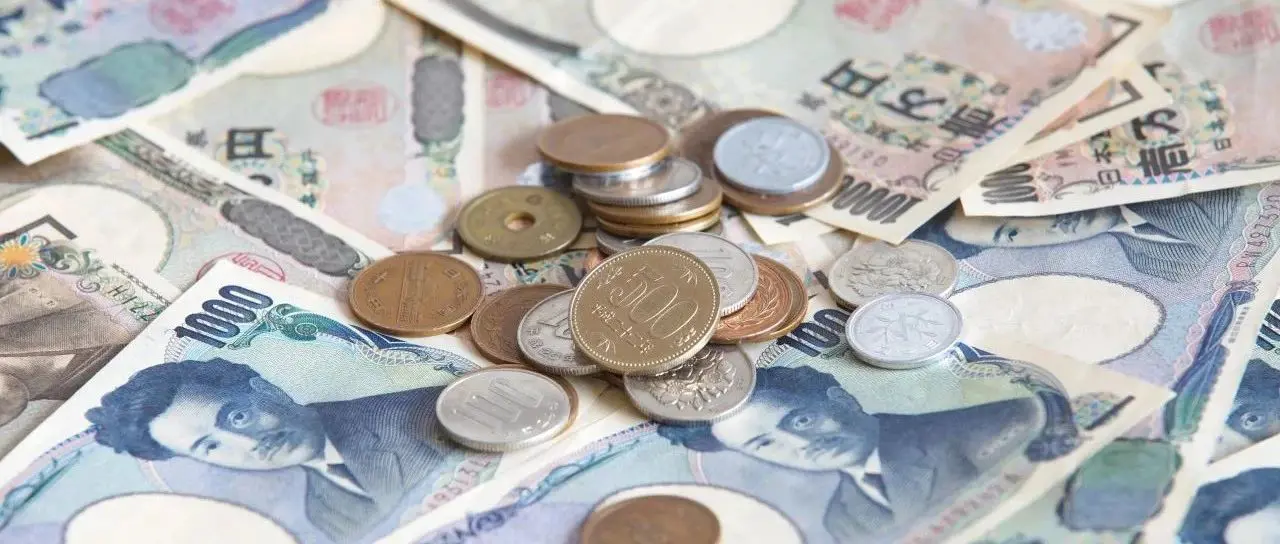The yen depreciates again! Japan's current account surplus declines significantly in the month.

New users can click on "International Business Daily" to follow.

The depreciation of the yen has continued in recent times. Last week, in the Tokyo foreign exchange market, the yen-to-dollar exchange rate briefly dropped to . yen per dollar, marking the lowest level since late last month.
The sharp depreciation of the yen has led to a continuous deterioration in Japan's current account balance. On a certain date, the latest preliminary statistics report on international payments released by Japan's Ministry of Finance showed that Japan's trade in goods and services continued to post deficits in a certain month, with the current account surplus falling by .% year-on-year to . trillion yen.
The report shows that in terms of goods trade, imports exceeded exports, resulting in a trade deficit of several billion yen for the month. Among them, exports of electronic components, pharmaceuticals, and other items increased, but exports of automobiles, mineral fuels, and machinery for construction and mining significantly declined.
In terms of service trade, the monthly service trade deficit amounted to a certain number of billion yen. Although the deficit in related service fees paid by Japan remains high, the number of visitors to Japan and inbound tourism revenue have increased significantly against the backdrop of yen depreciation, leading to a year-on-year reduction in the service trade deficit by a certain percentage. Driven by the weakening yen, the purchasing power of foreign tourists has been enhanced, resulting in unprecedented tourism boom in Japan this year. According to the latest data from the Japan National Tourism Organization, as of this month, international tourists have spent 4.8 trillion yen in Japan. This exceeds the annual spending record of 4.1 trillion yen set in 2019; meanwhile, 24 million tourists have arrived in Japan, a year-on-year increase of 26.9%, surpassing the total number of tourists in 2019.
In terms of Japan's overseas investment income, a surplus was recorded for the month, with the surplus amount from overseas investments reaching ¥2.1 trillion. Against the backdrop of deficits in both goods and services trade, overseas investment income remains the primary source of Japan's current account surplus, although it significantly declined from ¥2.4 trillion in the previous month.
Text/Zhang Bo
Editor/Sun Nan
Review/Time
Please light up the "Like" button!

